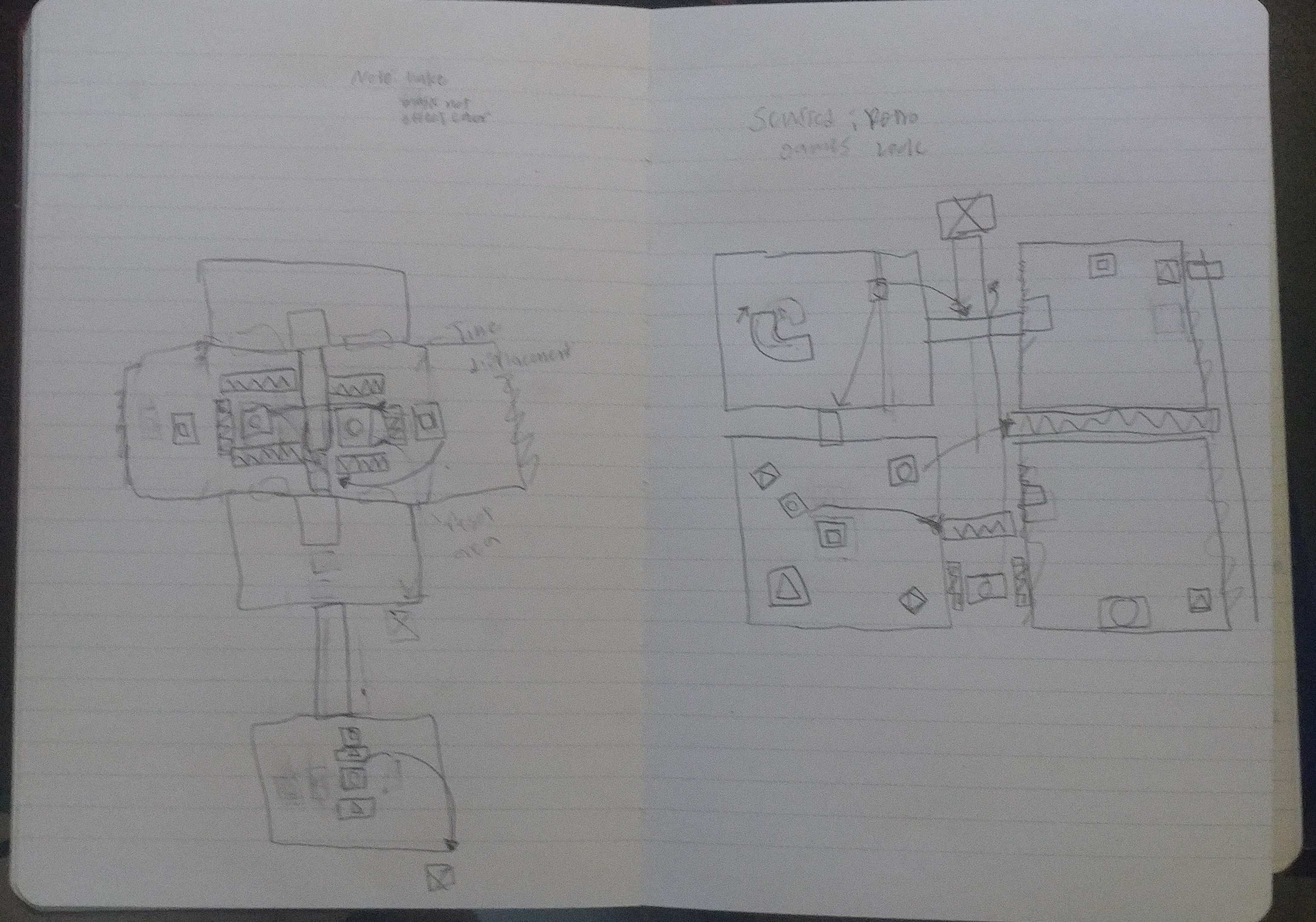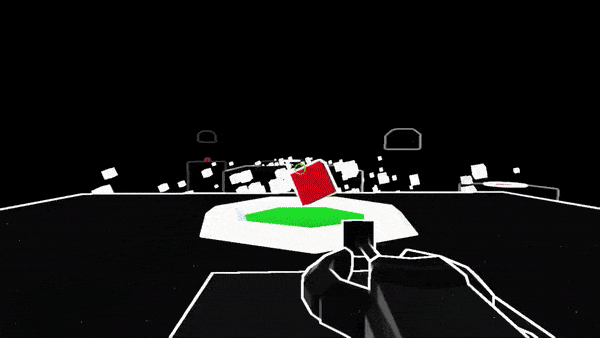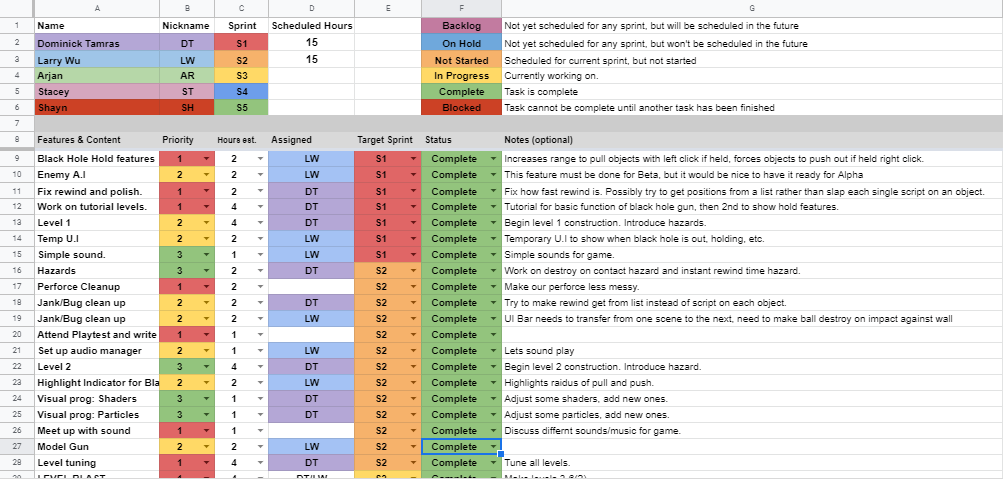O
- Game Designer, designed and concepted the game.
- Level Designer, created and iterated all the levels in the game.
- Gameplay Programmer, programmed all the obstacles and created an obstacle tool that allowed us to create a variety of obstacles to iterate levels quickly.
- Technical Artist, programmed and used the Shader Node Graph to create shaders in game, such as the illusion walls and fractal visuals. Used VFX Graph for the combining platform effects.
- Trailer Editor, edited the trailer for the game. Download.
O is a 3D puzzle game that features a non-euclidean world. Players are sent inside of a blackhole and will explore this black and white world, with your trusty M.B.H (Miniature Black Hole). Being able to send out a blackhole that can be expanded, reversed and grab cubes with it to solve puzzles to reach the end.
A total of 5 levels that with obstacles such as illusionary walls and time reversal to challenge the player and make them think with gravity. Our team collaborated with Berklee College of Music for the sound design of our game.
Project Responsibilities:
Development visuals:
Under the Hood:

One example of an obstacle I designed and coded is this time-rewind gateway. The player would enter the gateway and have to solve the puzzle before the timer reaches 0. Failing to complete it before the timer ends would reset the player back to their original position and the boxes inside of the gateway would as well. The main goal for this obstacle was to add agency to the player to figure out the puzzle as fast they could. By the time this obstacle is introduced, the player would have a solid understanding of the game's tool and how they can use them to figure out the layout and approach to the puzzle.
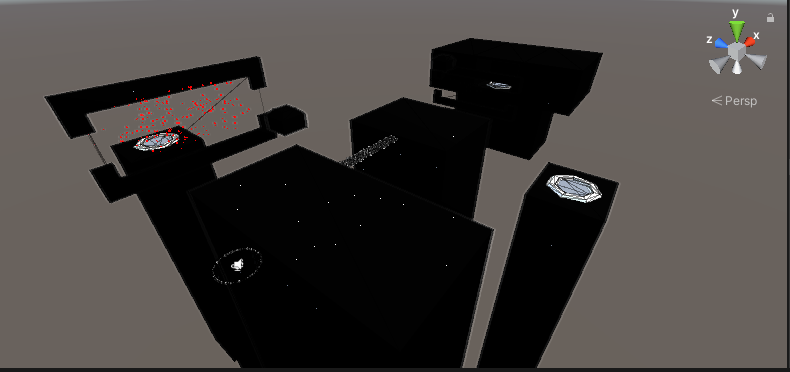
Portal was a very significant influence on my approach to the level design of the game. In my design for the levels, the end goal should always be visible and clear to the player but the path to get there should be broken up as bread crumbs that are components to the system they see before them. The buttons where the boxes should be placed to proceed, the unmade bridge and the exit itself acting all as subtle directions to how the player would approach solving this puzzle while not totally revealing the answer, allowing them to experiment around to find the solution.
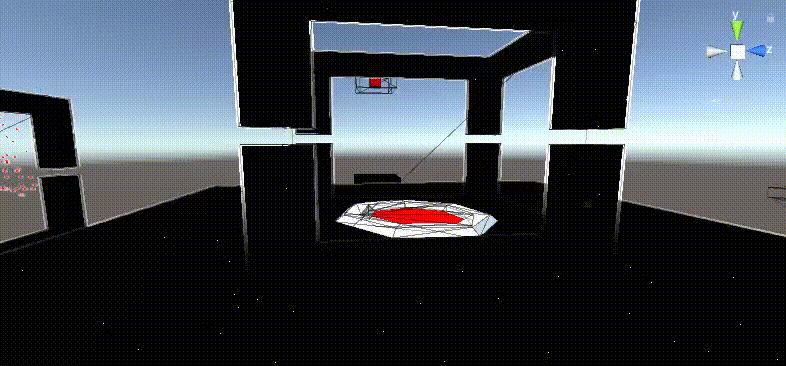
A very essential obstacle in our game was the illusion window. I created shader code that would allow the user only to see specific items that were assigned to a specific window. A large part of the design I wanted from this obstacle was for players to plan out where things are and how they should go about manipulating the boxes. They could still manipulate the boxes even when not looking through the windows and this was core to solving these sorts of puzzles in the game as I felt this highlighted our core experience of problem solving.
